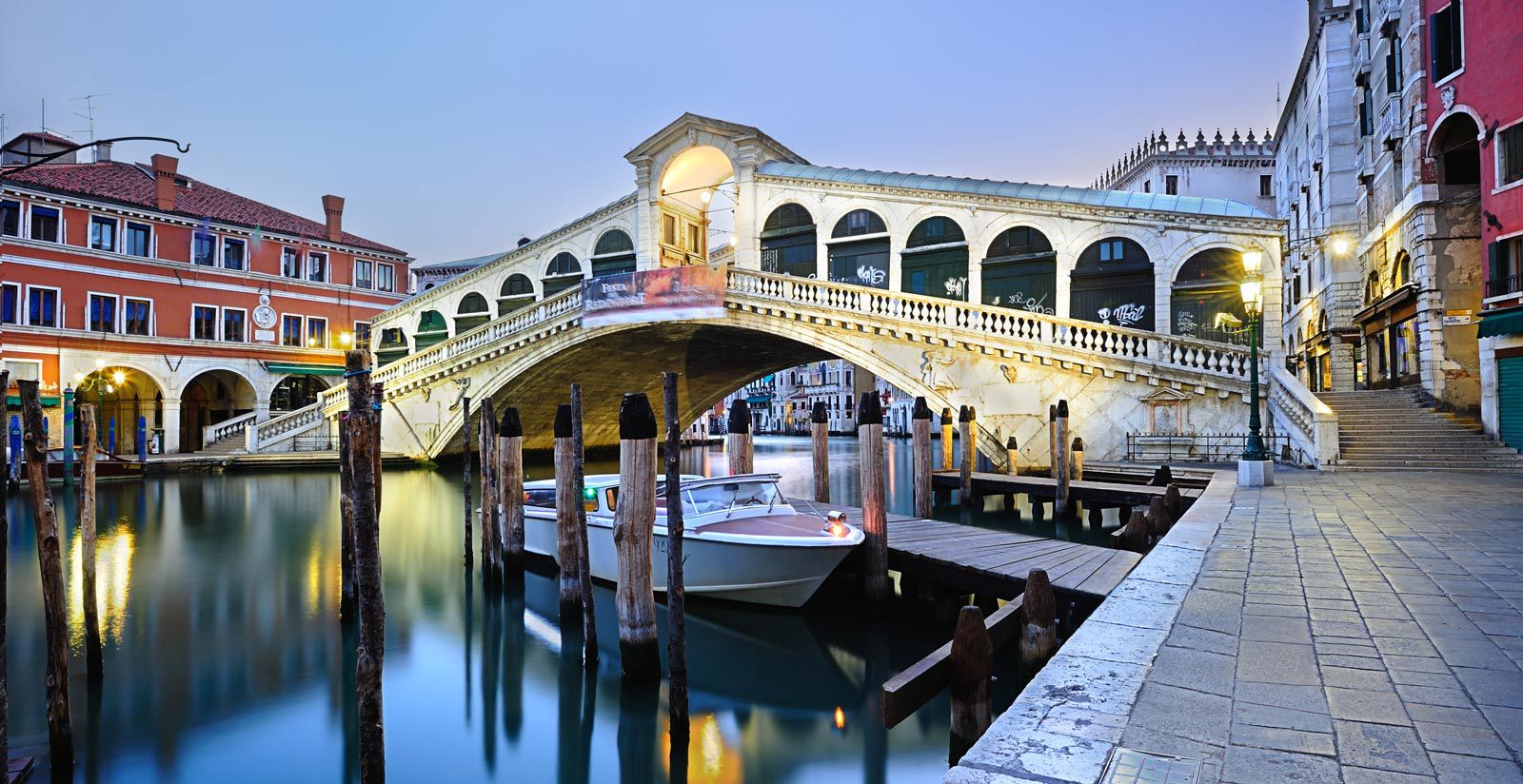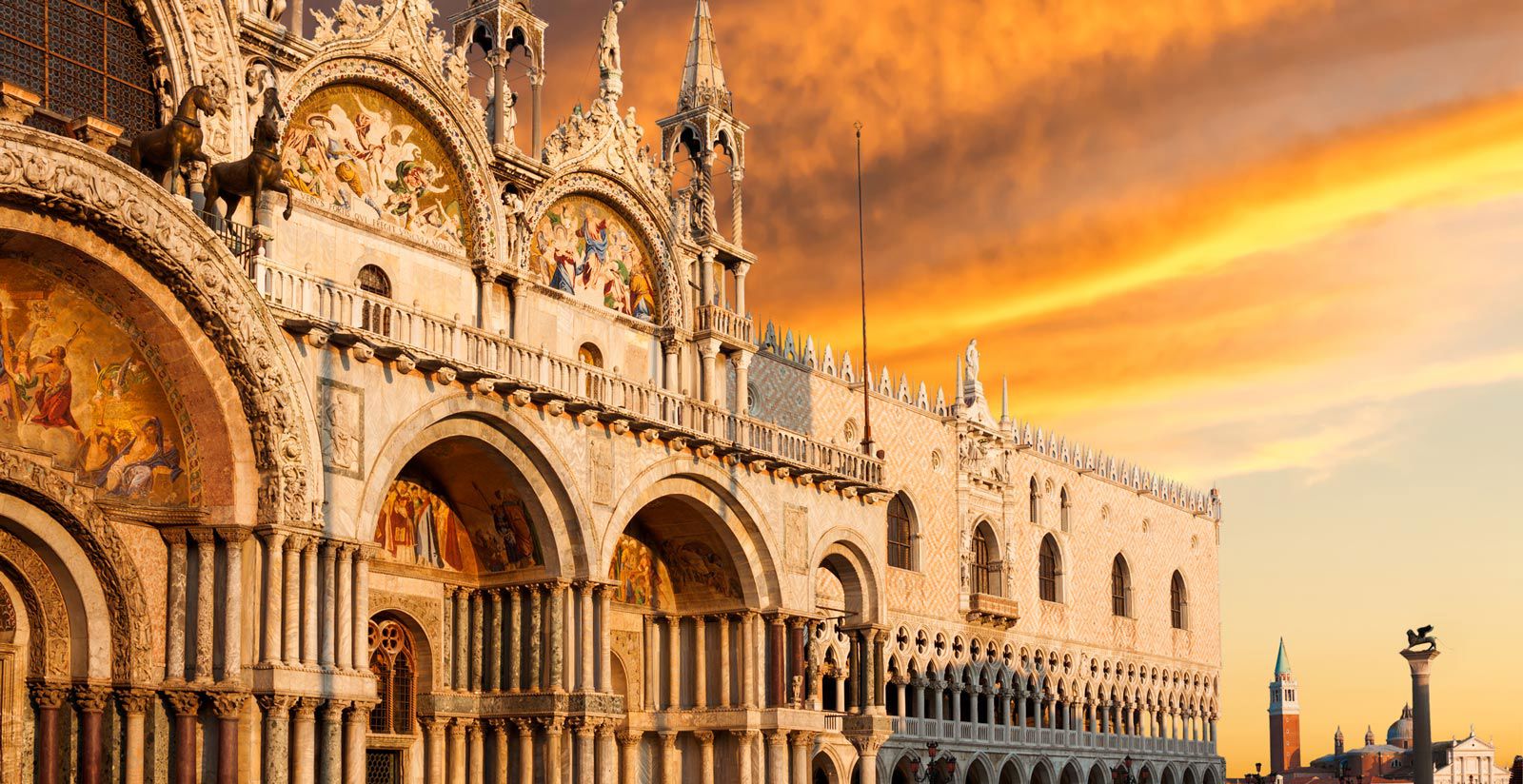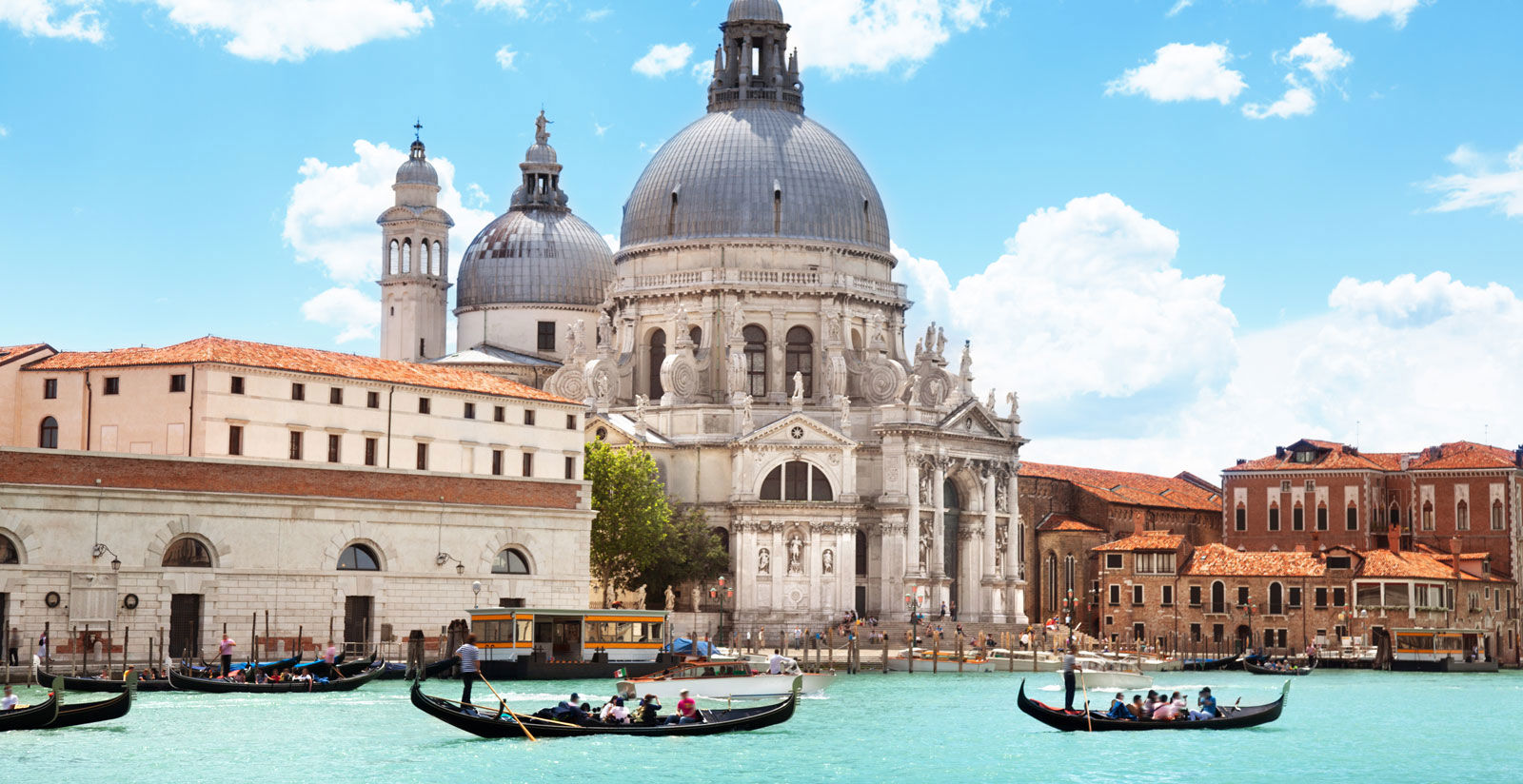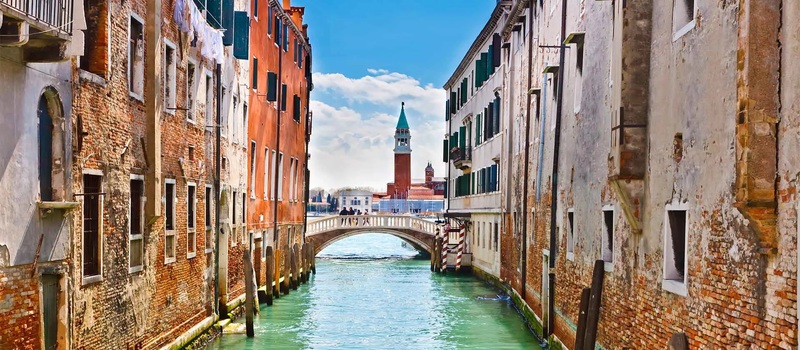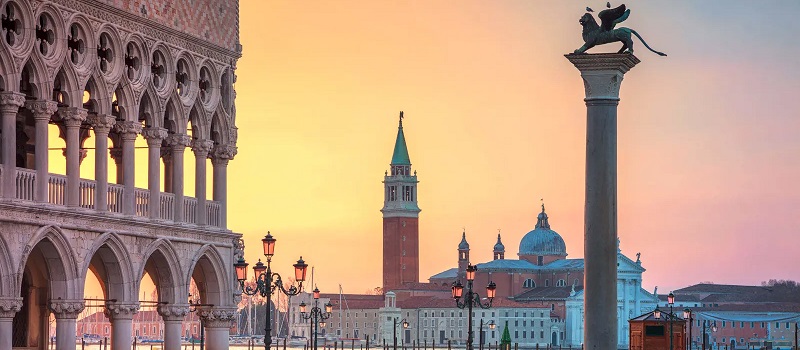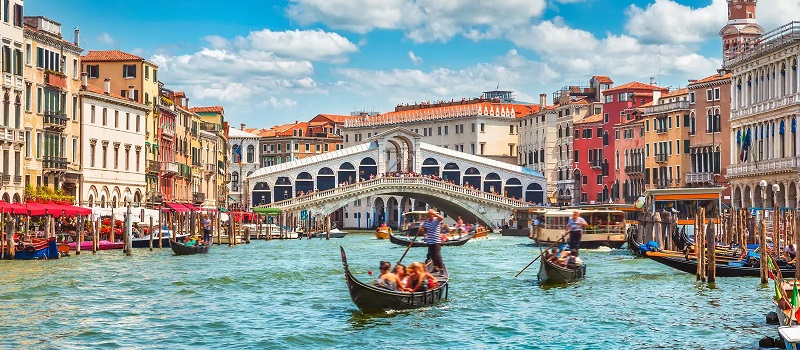Discover more

Venice - Hotel San Giorgio
Gregori Hotels
Rome
Hotel Il Campo Marzio
Hotel Catone District
Florence
Hotel Ferretti
Hotel Real Firenze
Venice
Hotel San Giorgio
Hotel Alla Fava
Hotel Adua
Milano
Navigli Suites
Versilia
Hotel Bencistà
